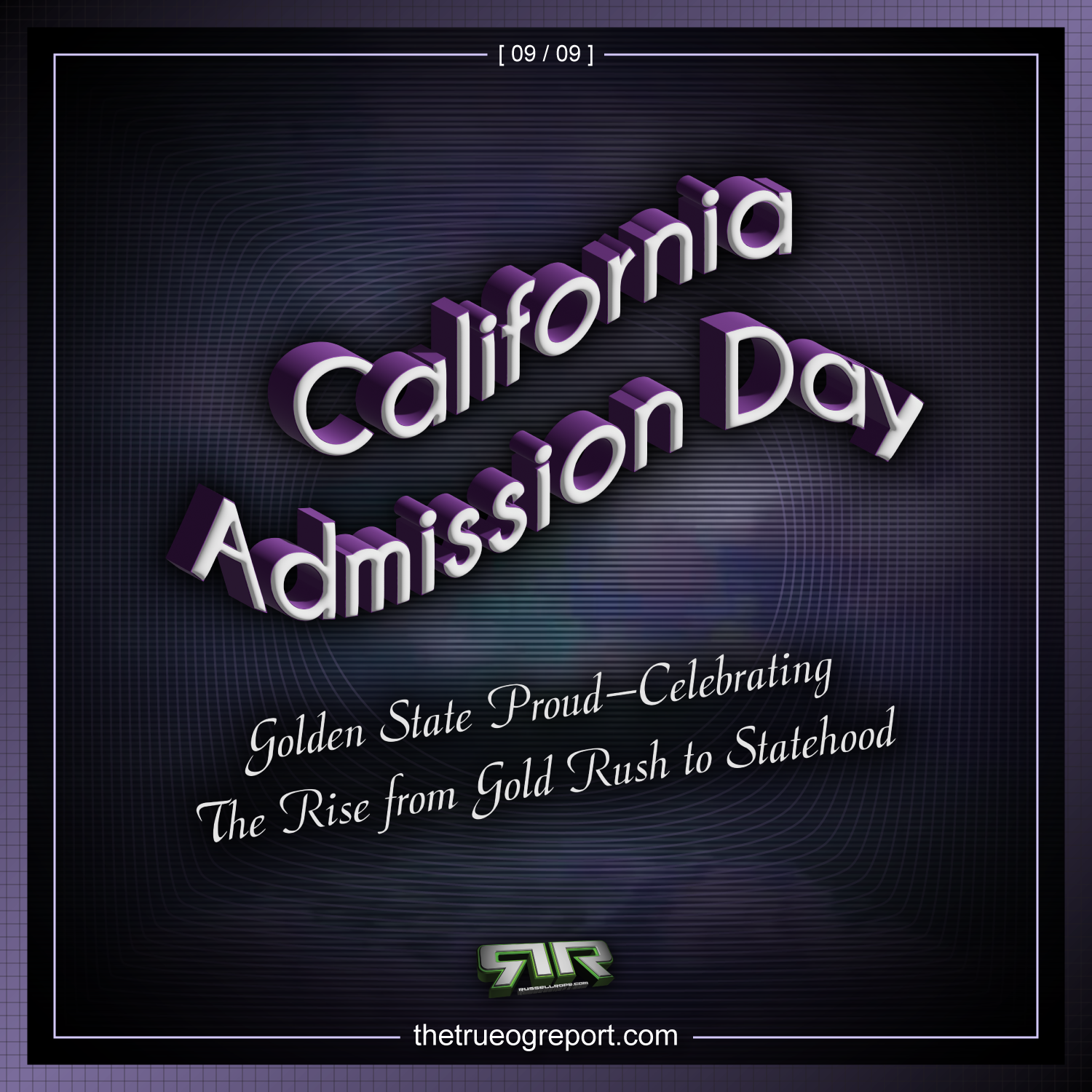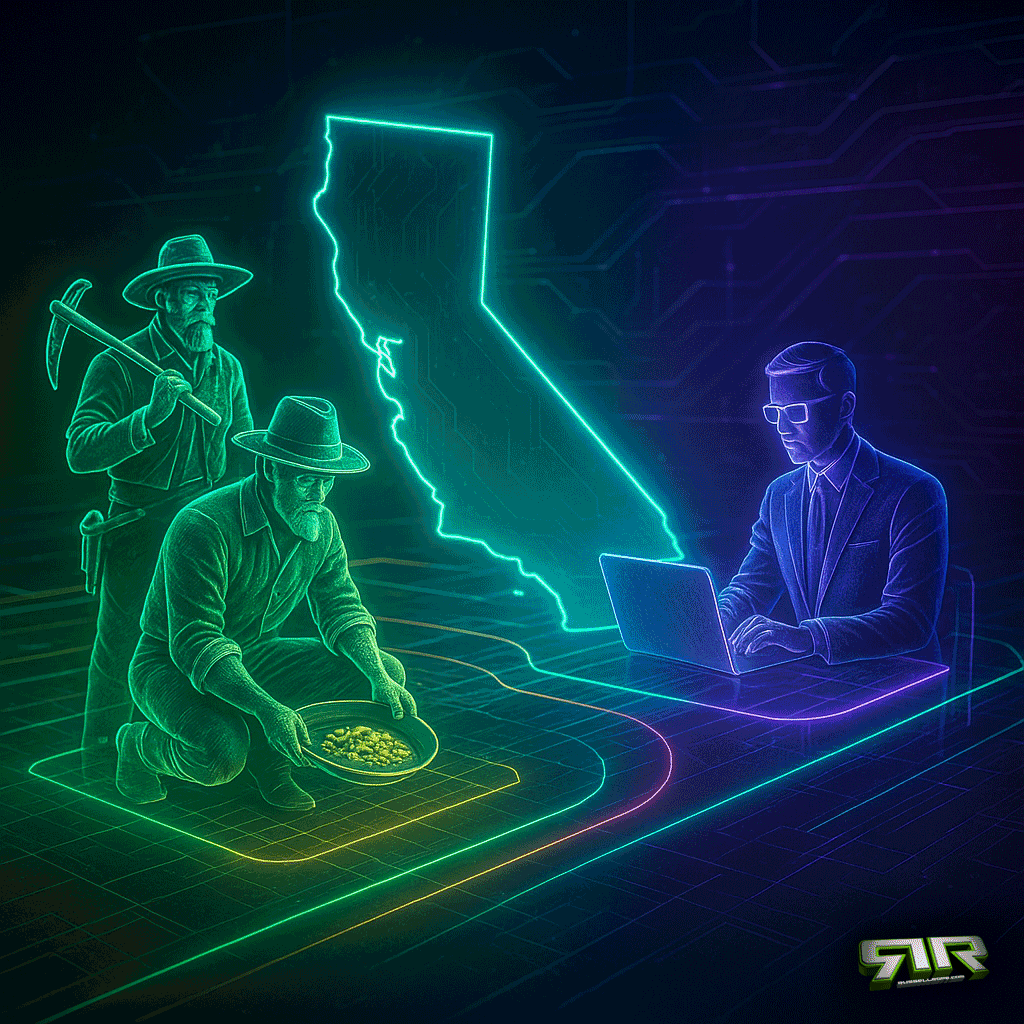
Golden State proud—celebrating the fast rise from gold rush to statehood.
A State Rises Fast
On September 9, 1850, California became the 31st state of the United States—without ever becoming a territory—thanks to the Gold Rush boom and the Compromise of 1850. Sparked by the 1848 discovery of gold at Sutter’s Mill, the region exploded with new settlers, prompting Californians to draft a constitution and apply for statehood—straight to the Union.
Though once celebrated with parades and pageantry (like 200,000 people marching through Los Angeles in 1937), Admission Day has faded—now a legal observance mostly recognized in cities like Monterey. California’s journey to statehood was swift, dramatic, and emblematic of ambition meeting opportunity.
Vibes
Rich, proud, historical—blending Gold Rush grit with Golden State futuristic imagination.

How to Celebrate
- Visit a California museum or landmark and reflect on its statehood story
- Share stories from gold rush history or California’s unique admission facts
- Explore how this pivotal moment shaped America’s identity and growth
Pulse Check
If California had to rebrand today, would you lean into its Gold Rush legacy—or its tech-powered tomorrow?
Interesting Facts
- California became the 31st state on September 9, 1850—just two years after the Mexican–American War ended.
- It skipped territorial status entirely—one of the only states to do so.
- On California’s 75th anniversary in 1925, the Bear Flag flew above the White House in tribute.

Verified Links
- California State Parks – Admission Day History @ parks.ca.gov
- Library of Congress – California Statehood Collection @ loc.gov
Popular Hashtags
#CaliforniaAdmissionDay
#GoldenState
#CaliforniaHistory
#GoldRush
#Statehood
“Westward the star of empire takes its way.” – John Quincy Adams
“The mountains are calling, and I must go.” – John Muir
California Admission Day is a reminder that ambition, migration, and vision built the Golden State fast—and its legacy is still shaping the future.

